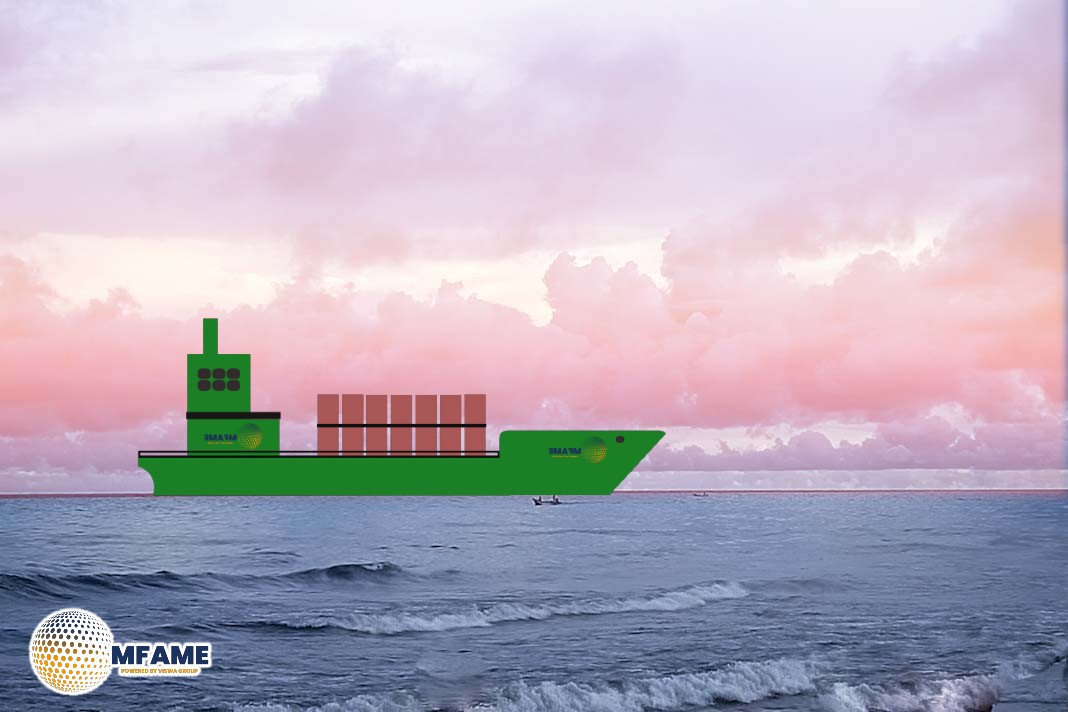- Ocean carriers are endeavouring to top up their ships from China with heavily discounted spot cargo as their contracted shippers underperform on minimum quantities.
- However, it appears that if bookings still fall below around 60% vessel utilisation levels, carriers are cancelling voyages at the eleventh hour, declaring a blank sailing to the trade.
A recent news article published in the Loadstar states that export markets ‘destabilised’ as carriers are forced to ‘undersell’ capacity.
Ningbo Containerized Freight Index (NCFI) commentary
According to this week’s Ningbo Containerized Freight Index (NCFI) commentary, export markets have become “destabilised” due to carriers “underselling their space”.
And even the spot rate indices are struggling to keep up with the rapid erosion of rates on the transpacific and Asia-North Europe tradelanes, as cheaper deals are being offered daily.
For example, although Xeneta’s XSI Asia-US west coast component plunged by a massive 15% this week, to $2,209 per 40ft, ‘market’ rates are lower still.
According to US-based consultant Jon Monroe, last week’s ‘real’ spot rate for the US west coast was $1,734 per 40ft, based on data sourced by NVOCC Worldwide Logistics.
Mr Monroe said “rates had fallen back to pre-pandemic levels” on the route, with most of the damage done in September.
“Initial rate declines seem to have been driven by Maersk’s spot rates in their on-line portal,” claimed Mr Monroe. “Unfortunately, once the ball got rolling on declining spot rates, it could not be stopped.”
Publication of John McCown’s analysis
Meanwhile, there was further evidence of the softening transpacific market this week, with the publication of John McCown’s analysis of September throughput at the top US container ports.
Notwithstanding a year-on-year 5.5% decline in import volumes to 1.9m teu last month, the report also highlights the acceleration of the coastal shift of cargo from US west to east coast ports.
The McCown report records a startling 17% drop in west coast container imports, compared with September 2021, whereas east and Gulf coast ports saw their volumes increase by 6.6%.
Elsewhere, Asia and North Europe carriers are reported to have been shocked by the “dire” booking forecasts for the coming weeks, said to resemble the period at the start of the pandemic when demand plunged by 25%.
The spot rate indices record a slower-than-expected decline with, for instance, Drewry’s WCI Asia-North Europe component down just 3% on the week, to $4,436 per 40ft.
China-based forwarders
But again, it seems there are much cheaper rates circulating in the market, with The Loadstar sighting offers from China-based forwarders of below $4,000 per 40ft through to mid-November.
However, the North European rates remain double what they were two years ago, so if carriers can achieve reasonable load factors of 70% or more, they should still record good profitability on each voyage.
Moreover, their existing contract rates are higher than spot, and many shippers will honour those agreements until they expire in the next few months.
But thereafter, it looks like the floodgates will be opened for significant contract rate reductions.
According to Alan Murphy, CEO at Sea-Intelligence, “there is no underlying structural support for high rates” on the transpacific and Asia-Europe tradelanes.
“Unless carriers reduce capacity substantially, vessel utilisations will be low,” he warned.
Did you subscribe to our newsletter?
It’s free! Click here to subscribe!
Source: ESPO






















